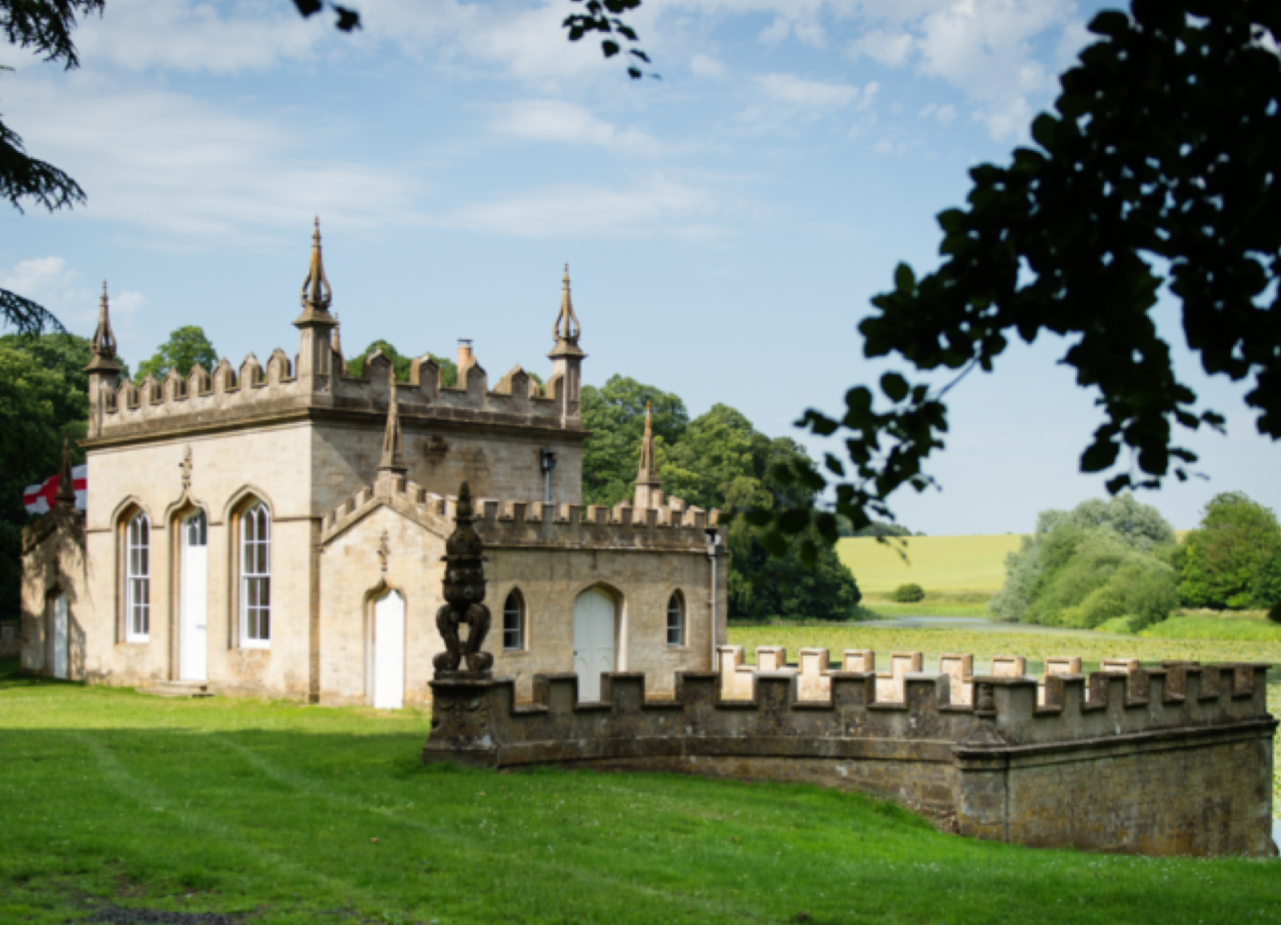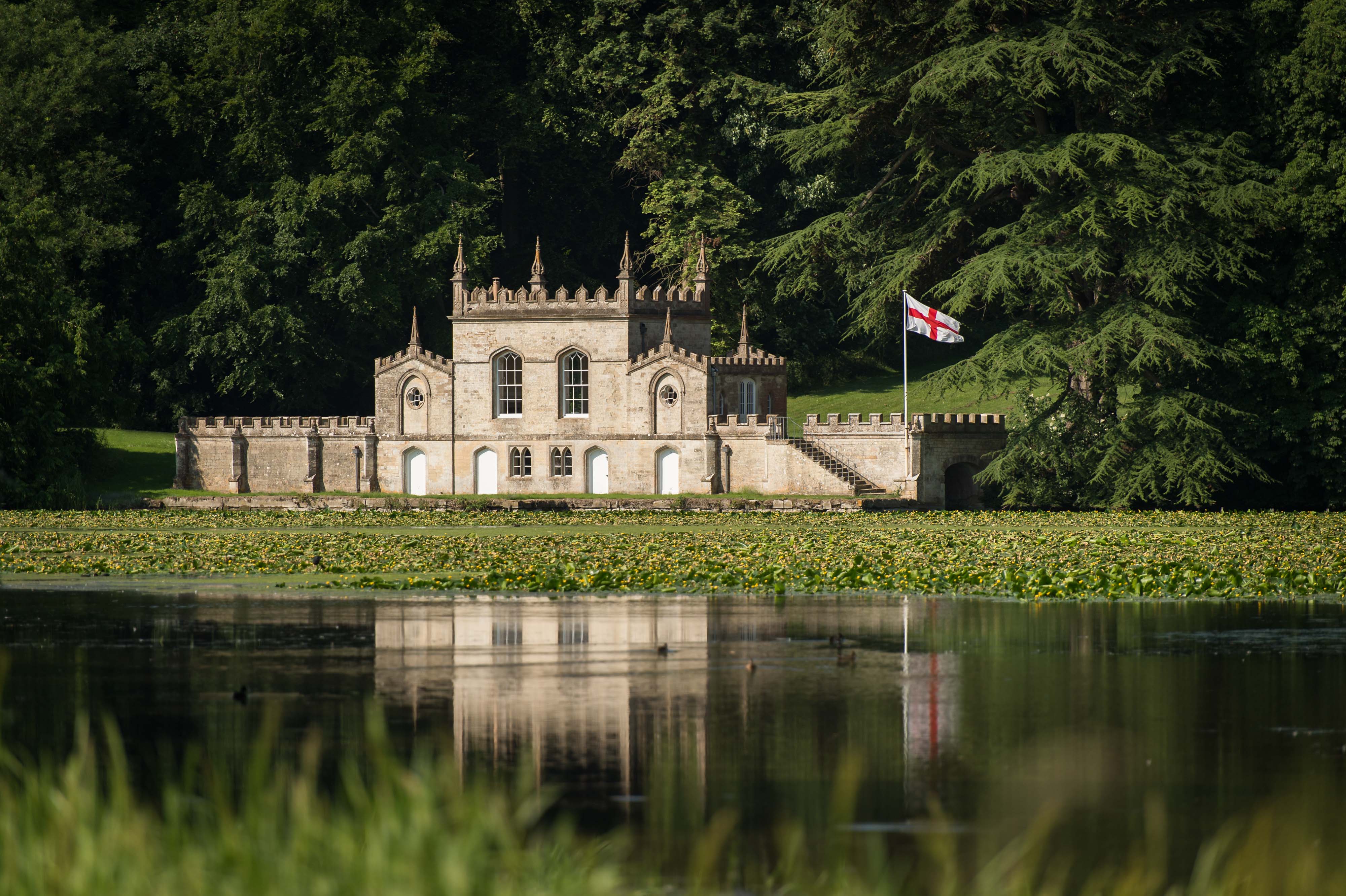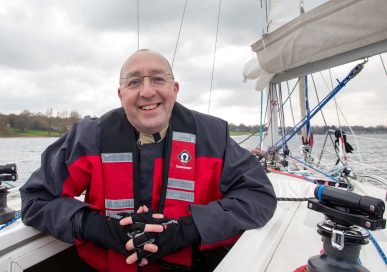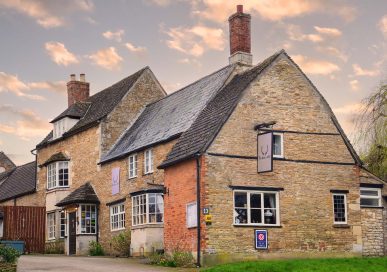Angling for Escapism at Fort Henry
Lord Campden talks about Fort Henry and he begins with the fascinating tale about his ancestor Henry Earl of Gainsborough, “a bit of an old eccentric,” who commissioned the building of the boat house or as it was known back then, Pleasure House or Pond House. Not quite as seedy as it sounds, a Pleasure House was a place for escapism where the 6th Earl of Gainsborough would have held raucous parties.
Fort Henry was designed by a local architect, William Legg of Stamford, who set up business at Exton Park in c.1778. It has been recorded that he also built Vale House in Stamford in 1788 and was paid at various times as an architect to the Earls of Exeter where he worked on projects such as designing new lodges at Burghley Park in 1799.
He also designed the new shambles in Stamford (1804) and made alterations to Casewick Hall, Lincolnshire in 1785. It is possible, too, that Legg was the architect of the stables at Panton Hall, Lincolnshire in 1777. Thanks to well preserved receipts and notebooks, the history of Fort Henry has remained very much intact. The architect, William Legg, first went out to see Exton Park on 12 April 1786 and his instructions were for “a gothic building by the pond.”
Records show that there was already a basic structure in place, Legg drew up rough plans around the existing structure and by June 1786, he had produced “three finished Gothic elevations and a plan of the different floors…”
From June through to the end of the year, Legg is believed to have made 30 journeys from Stamford to Exton Park to oversee work. By 1787, Legg had produced several different designs for Gothic pinnacles and for ornaments and pedestals “for the end of the battlements in the front of the building.”

Some of those drawings were made “as large as it is executed.” In this year he made 35 journeys to Exton and the following year, 1788, when work was presumably at its height, he made 41. By the summer of 1789 it would seem that the finishing touches were being put to the building when Legg completed two designs for the “Grate at the Pond House,” measured the different works and made out the bills, making 10 journeys to Exton.
The total cost of building Fort Henry, from the craftsmen’s bills included among the ‘Pond House’ vouchers was £1426.4.5, on which Legg took a commission of 5%, receiving £71.6.0. Legg commissioned and supervised all the craftsmen who worked on Fort Henry – masons, joiners, carpenters, plasterers, glaziers, carvers, turners, timber- merchants, gate and lock-smiths.
As far as is so far known, most of them were local men. The principal mason was George Beaver, whom Legg used when he made the alterations to Casewick Hall, a little earlier in 1785. Beaver’s accounts show how parts of the old building were pulled down and foundations were dug for the wings and other parts of the new building. They also record that ‘Horn House’ was pulled down, some of the stone, perhaps, being used for the new building.
George Beaver’s accounts also record the gothic moulded work, ox-eye windows, astragals, ornaments and flowers to pedestals that were constructed. From other bills we know that the stone used came from Clipsham quarries (which later provided stone for the renovation of the Houses of Parliament in the 1930s) and bricks were obtained from Lord Winchilsea’s brickhills at Burley.
The interior decoration of Fort Henry appears to have been quite elaborate and typical of the gothic style fashionable at the time. From the accounts of the plasterer and stucco worker John Tillson there are descriptions of a “gothic groin ceiling” and a circular ceiling ornament as well as gothic panels, enriched cornices and gothic beads.
Decorations included husks, gothic flutes, astragals, a frieze with ruffles and water leaves and moulding with bands, leaves, diamonds and gothic flowers. Even the materials were local, the lime used by the plasterer came from Greetham and the sand for the stucco from Tallington. In October 1789 Tillson’s bills record payment to a man sent to ‘get broken bottles and counter lathe to prevent rats’ – a common problem for waterfront buildings.
Legg wasn’t finished yet, though! During 1788 the ground round the summer house was levelled and in 1789 iron gates and railings were erected around it by Robert Hunt. In July 1789 the area around the summer house was planted with clover as ground cover. It took three years for the entire work to be completed.
It is not known when exactly the summer house came to be called Fort Henry, though presumably it was named after the 6th Earl who built it and who died unmarried in 1798. With Fort Henry built to his specifications, the 6th Earl could start having his fun.
Lord Campden tells me of how he ordered wooden galleons and the lake became an area for re-enacting sea battles. The ladies would sit in Fort Henry and watch in amusement and be there to patch them up at the end.
“Our family has a deep history in sea battles,” says Lord Campden. “Admiral Baron, who I suppose you could call Nelson’s boss, was part of the family.”
Seemingly, looking into the history of Fort Henry is only touching the surface of this estate whose family is so steeped in history. Half a century or so after William Legg built Fort Henry, another rustic building was constructed a little way up the bank.
“We knew the building up the ride behind Fort Henry as Bark Temple,” says Lord Compton. “Sadly, a wooden structure in the middle of a wood meant it rotted and the temple collapsed in the winter of 1997.”
2014 saw a further change for Fort Henry with the building being granted a civil ceremony license and several weddings are held within the building every year. The building is not limited to wedding celebrations, various birthday parties and tea parties have been held here with the family delighted to be able to share such a special and peaceful place with others.
“It’s great that Fort Henry is being used for its original purpose,” says Lord Campden. “We have family picnics there, it hosts weddings, it’s providing a venue for people to celebrate like it did all those years ago.” One can only imagine that these days, there is a little less debauchery, though… and certainly no wooden galleons!







